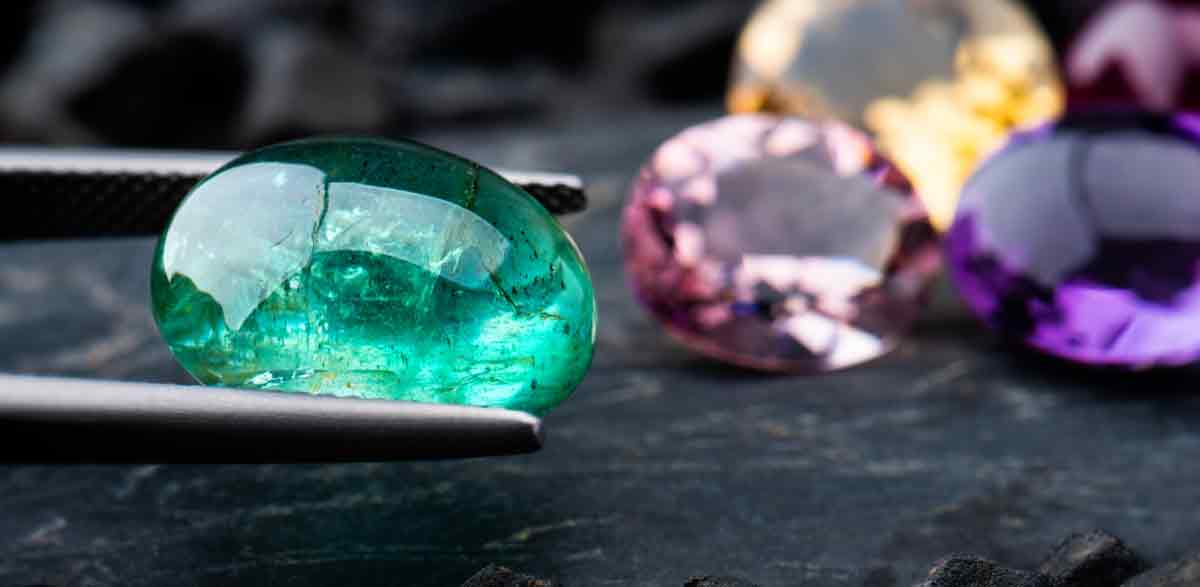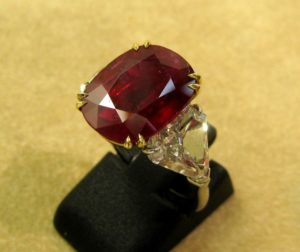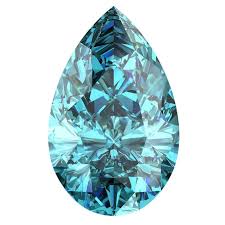Madagascar Precious stones

The island of Madagascar profited from nature generosities. The country abounds in huge natural wealth’s, of which in particular precious stones of various varieties. A precious stone is a rare transparent gem found in the rock and coming from mixture of translucent minerals. The formation process of the precious stones starts with tens of kilometer of the ground depth and lastes for the hundreds of million years.
In a pure state, these stones are colourless. Their color is, in fact, due to the impurities and metals which they contain.
The precious stones of Madagascar, generally, are classified in three categories.
The precious stones, there are four types of gems considered as precious :
- The diamond (white, black, yellow, blue),
- The emerald (green),
- The sapphire (various colors except the red) an
- The ruby (red).
- The aquamarine (blue)
Fine stones: the aquamarine, the citrine, the peridot and the amethyst.
Decorative stones: the cornelian, the turquoise, the malachite, the azurite and the lapis lazuli.
We find, on the Big Island, most precious stones of planet except the Lapis lazuli, the turquoise, the jade and the eye of tiger which were not discovered yet there.
Exploitation and marketing
The exploitation of the precious stones in Madagascar is and remains to 80% abstract. Indeed, the extraction is mainly carried out in an artisanal way by individuals. However the Malagasy State tries to exert a control on this sector.
The regulations in force imposes any minor to obligatorily hold a register of extraction and to issue a certificate, which accompanies each extracted stone that he sells. However this regulation is not respected by the minors because of their illiteracy and the failed inspection by the competent authorities.
Most of the Malagasy production of precious stones is intended for export. Once the stones extracted, the minors sell them to small collectors (generally present on the place of extraction) who in their turn resell them to big collectors (Malagasy for the majority). And it is starting from these last that really take shape the two principal distribution chains.
These last can sell the stones either to the lapidaries, whose task is to cut them in order to deliver them to the local jewelleries. It should be stressed that the best lapidaries are, for the majority, concentrate in Diego Suarez.
The second tour consists, for the collectors, to sell their acquisitions to the foreign collectors for export towards the countries like Thailand, Sri Lanka.
Regarding price, the cost of a precious stone is dependent on a certain number of criteria in particular the size, quality (purity, the color) and the scarcity.
Difficulties related on the exploitation and marketing
The sector of the stones encounters many difficulties. Initially, there exists a real problem of extraction, which makes that the industrial exploitation is almost made impossible, giving way to the artisanal exploitation.
In second place, there exist many networks of illicit trade, which make lose important receipts to the Malagasy State. Lastly, for these last years, we have noted a certain abandonment of the precious stones extraction to the profit of gold research whose cost is increasingly attractive.
WHY MADAGASCAR GEMSTONES ARE CONSIDERED AS THE BEST GEMSTONES

Madagascar is one of the most loving destinations for all gem lovers. In this particular region of the world plethora varieties of gemstones have been founded in recent years. Madagascar is situated 400 km away from the Indian Ocean near southeast Africa.
Madagascar is the fourth largest island in the world and it is considered one of the poorest countries due to large instability in the political conditions of the city. The country is famous for its large deposit of ruby gemstone.
The Madagascar ruby gemstone is popular around the world. Furthermore, due to its rich quality, the Madagascar ruby gemstone is being sold at a high price.
And, Burmese ruby gemstone is acknowledged to be the best or high-quality ruby gemstone in the world currently.
Besides ruby gemstone there are other popular gemstones also spotted from this region of the world. The Madagascar region has immensely been popular for its large production of high-value gemstones like citrine, amethyst, tourmaline, emerald, garnet, chrysoberyl, apatite, kyanite, and zircon.
Most of the Madagascar gemstones are exported in every region of the world due to their large demand. The mining of Madagascar gemstones is done regularly and quickly due to the rising demand of the Madagascar gemstones around the world.
Chanthaburi market of Madagascar is famous in every region of the world because of its large varieties of rich quality gemstones.
Since we have already said that Madagascar is a poor country whose economy mostly relies upon agriculture.
However, there is a slight increase in their economy after the commencement of the mining of gemstones. In the present time, Madagascar gemstones have obtained a reputation in the gem market due to their excellent quality and color characteristics.
All it gemstones, whether it is a ruby gemstone, garnet, emerald gemstone, amethyst, tourmaline, are quite popular throughout the world. In this region, the world can be booked to provide the best quality gemstones around the world.
Aquamarine
From the light blue of the sky to the deep blue of the sea, aquamarines shine over an extraordinarily beautiful range of mainly light blue colors. Aquamarine is a fascinatingly beautiful gemstone. Women the world over love it for its fine blue shades which can complement almost any skin or eye color, and creative gemstone designers are inspired by it as they are by hardly any other gem, which enables them to create new artistic cuts again and again.
Its light blue arouses feelings of sympathy, trust, harmony and friendship. Good feelings. Feelings which are based on mutuality and which prove their worth in lasting relationships. The blue of aquamarine is a divine, eternal color, because it is the color of the sky. However, aquamarine blue is also the col
or of water with its life-giving force. And aquamarine really does seem to have captured the lucid blue of the oceans. No wonder, when you consider that according to the saga it originated in the treasure chest of fabulous mermaids, and has, since ancient times, been regarded as the sailors’ lucky stone. Its name is derived from the Latin aqua (water) and mare (sea). It is said that its strengths are developed to their best advantage when it is placed in water which is bathed in sunlight. However, it is surely better still to wear aquamarine, since according to the old traditions this promises a happy marriage and is said to bring the woman who wears it joy and wealth into the bargain. An ideal gem, not only for loving and married couples.
Aquamarine is one of our most popular and best-known gemstones, and distinguishes itself by many good qualities. It is almost as popular as the classics: ruby, sapphire and emerald. In fact it is related to the emerald, both belonging to the beryl family. The color of aquamarine, however, is usually more even than that of the emerald. Much more often than its famous green cousin, aquamarine is almost entirely free of inclusions. Aquamarine has good hardness (7_ to 8 on the Mohs scale) and a wonderful shine. That hardness makes it very tough and protects it to a large extent from scratches. Iron is the substance which gives aquamarine its color, a color which ranges from an almost indiscernible pale blue to a strong sea-blue. The more intense the color of an aquamarine, the more value is put on it. Some aquamarines have a light, greenish shimmer; that too is a typical feature. However, it is a pure, clear blue that continues to epitomize the aquamarine, because it brings out so well the immaculate transparency and magnificent shine of this gemstone.
The bright blue of this noble beryl is making more and more friends. The various color nuances of aquamarine have melodious names: the rare, intense blue aquamarines from the Santa Maria de Itabira mine in Brazil, which make every gemstone lover’s heart beat faster, are called ‘Santa Maria’. Similar nuances come from a few gemstone mines in Africa, particularly Mozambique. To help distinguish them from the Brazilian ones, these aquamarines have been given the name ‘Santa Maria Africana’. The ‘Espirito Santo’ color of aquamarines from the Brazilian state of that name is of a blue that is not quite so intense. Yet other qualities are embodied in the stones from Fortaleza and Marambaia. One beautiful aquamarine color was named after the Brazilian beauty queen of 1954, and has the name ‘Martha Rocha’.
It can be seen from the names of aquamarine colors just how important Brazil is among the countries where aquamarine is found. Most of the raw crystals for the world market come from the gemstone mines of that large South American country. Every now and then, large aquamarine crystals of immaculate transparency are also found with a magnificent color, a combination which is very unusual in gemstones. And very occasionally, sensationally large aquamarine crystals come to light in Brazil, such as the crystal of 110.5 Kg found in 1910 in Marambaia/Minas Gerais, or for example the ‘Dom Pedro’, weighing 26 Kg and cut in Idar-Oberstein in 1992 by the gemstone designer Bernd Munsteiner, the largest aquamarine ever to have been cut. However, aquamarines are also found in other countries, for example Nigeria, Zambia, Madagascar, Mozambique, Afghanistan and Pakistan.
There is hardly any other gemstone in modern jewelry design which is refined in such a variety of ways as aquamarine. Whether it is fashioned as a clear, transparent gem in the classical step cut, or creatively cut in a more modern design, it is always fascinatingly beautiful. Uncut too, or with many inclusions which can be brought into play by the designer in the way in which the stone is cut, it can be refined to produce the most beautiful creations. Designers call it their favorite gemstone. Again and again they take the world by surprise with a new, modern artistic cut, and when they are breaking new ground, aquamarine is a gem that they particularly like to work with. Without doubt, these creative designer cuts have contributed to the great popularity of this gem. The lucid color of aquamarine makes it easy to see inclusions. For this reason, aquamarine should always be of the greatest possible transparency. On the other hand, particularly charming effects can sometimes be achieved in the way the gemstone is cut by bringing the inclusions into play. The light color of aquamarine leaves the gemstone designer free to bring out the brilliance of the gem with fine grooves, notches, curves and edges. In this way, each aquamarine becomes a unique specimen, whose magical attraction no woman can resist.

